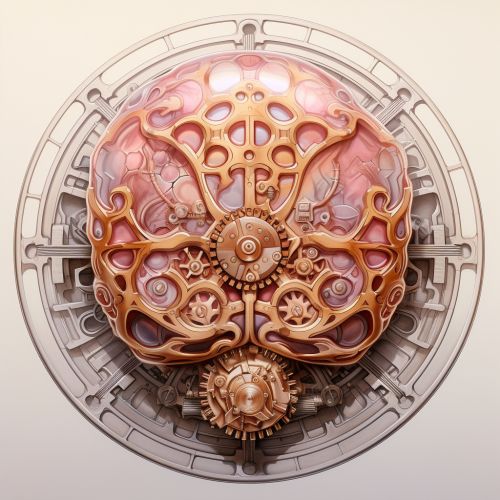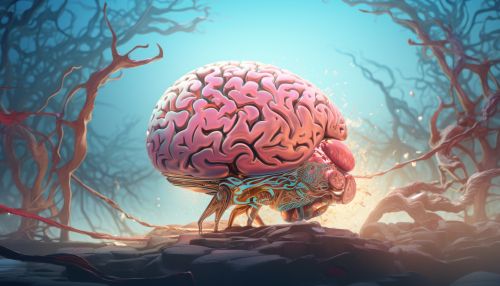Learning disabilities
Introduction
Learning disabilities are a group of neurological disorders that affect the brain's ability to receive, process, store, and respond to information. They are not indicative of intelligence levels or motivation, but rather how a person's brain works. These disabilities can impact a person's ability in reading, writing, mathematics, and other cognitive processes. Some people with learning disabilities may also have trouble with attention, social skills, or executive functions such as organizing and planning.


Types of Learning Disabilities
There are several types of learning disabilities, each affecting different aspects of cognitive processing. These include:
Dyslexia
Dyslexia is a learning disability that affects a person's ability to read and comprehend text. It is the most common learning disability, affecting approximately 80% of all individuals diagnosed with a learning disability. People with dyslexia may struggle with phonological processing, spelling, and rapid visual-verbal responding.
Dyscalculia
Dyscalculia is a mathematical learning disability where a person has a difficult time understanding numbers and learning math facts. Individuals with dyscalculia may struggle with number sense, math fluency, calculation, and comprehension of math concepts and facts.
Dysgraphia
Dysgraphia is a writing disability in which a person finds it hard to form letters or write within a defined space. People with dysgraphia may struggle with fine motor skills, spatial positioning, and expressing thoughts in writing.
Non-Verbal Learning Disabilities
Non-Verbal Learning Disabilities (NVLD) are a set of learning disabilities that affect an individual's ability to understand nonverbal cues like facial expressions or the tone of voice. NVLD can lead to difficulties in social situations and problem-solving.
Auditory and Visual Processing Disorders
Auditory Processing Disorder (APD) and Visual Processing Disorder are types of learning disabilities that affect how sound and visual information are processed. A person with APD has difficulty understanding and interpreting sounds, especially the sounds composing speech. A person with a Visual Processing Disorder has difficulty interpreting visual information.
Causes and Risk Factors
The exact cause of learning disabilities is not known, but they are believed to occur due to differences in the way a person's brain is structured or functions. They are often hereditary, and certain prenatal and perinatal factors may contribute to the development of learning disabilities. These include alcohol and drug use during pregnancy, low birth weight, lack of oxygen, and premature or prolonged labor.
Diagnosis
Diagnosis of learning disabilities can be a complex process. It involves testing, history taking, and observation by a trained specialist. Learning disabilities are often identified during the school years, but they can also be diagnosed in adults. Early detection and intervention can improve the outcome for the individual.
Treatment and Management
While there is no cure for learning disabilities, there are many strategies and approaches that can help individuals manage their difficulties and succeed in school, work, and life. These include educational interventions, such as specialized instruction and accommodations; therapy and counseling; and medication for associated conditions like ADHD.
Impact on Life
Learning disabilities can impact various aspects of life, including academic achievement, employment, and relationships. However, with the right support and intervention, individuals with learning disabilities can achieve success in all areas of life. Many people with learning disabilities have strengths in other areas and often excel in creative and innovative thinking.


